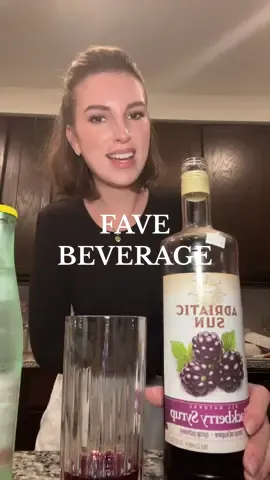🫀
Region: ID
Wednesday 11 December 2024 19:36:56 GMT
26287
5345
8
383
Music
Download
Comments
bila :
bahkan kucing mati pun aku tangisi
2024-12-12 23:49:34
6
itss.Rifqyyyyy :
@itss.Raissaaaa keluhinnnn smuaaa critaaa isaaa ke ikii
2025-01-22 13:12:22
2
DIANOFIFAHismiyati :
🥰
2025-03-06 09:48:25
0
DIANOFIFAHismiyati :
🙏
2025-03-06 09:48:21
0
𝐚𝐭𝐡𝐫𝐫 :
🗿
2024-12-25 06:13:28
0
rsyakonbruttt🐦 :
@awaaaa udhhh jngnn nangish ya dedee
2024-12-13 13:56:05
0
ndaa🐬 :
😳
2024-12-12 13:10:05
0
𓆝 𓆟 𓆞 :
🥰
2024-12-12 07:10:54
0
To see more videos from user @putriiii_iiiiii, please go to the Tikwm
homepage.





